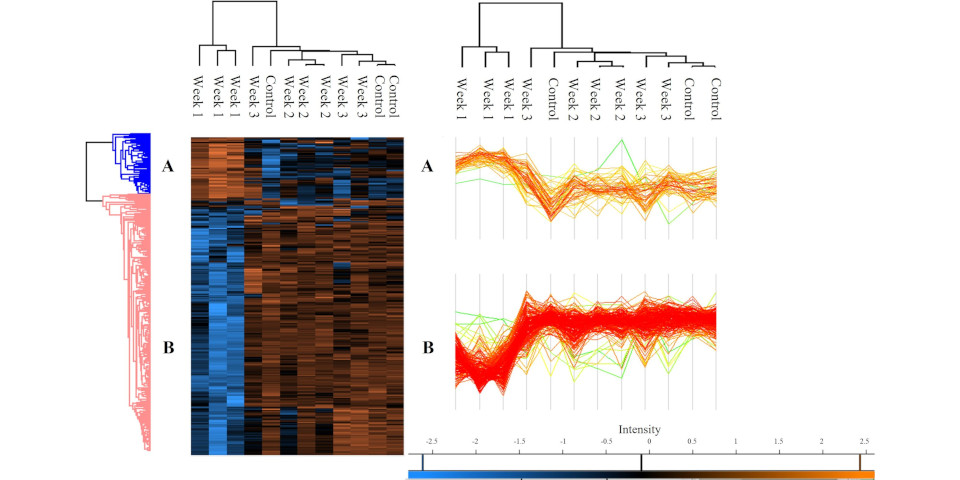The parasitic mite Varroa destructor is a major threat to the health and productivity of Apis mellifera hives and induces its effect by feeding on the fat body of larvae/pupae and transmitting viruses. The effect of the anti-Varroa formic acid containing – Mite Away Quick (MAQ) strips on the proteome of A. mellifera was assessed. Samples of A. mellifera were isolated from hives one week prior to MAQ treatment, during the week of treatment and for two weeks after the end of treatment, proteins were extracted and analysed by label free quantitative proteomics. The results indicated that samples isolated during the week of treatment showed increased abundance of a range of cuticular proteins (+ 2.65 fold to + 6.64 fold) and decreased abundance of proteins that deal with xenobiotics (Cytochrome P450 subunits -11.38 fold to -2.16 fold). Interestingly some proteins associated with the oxidative phosphorylation pathway were increased in abundance (e.g. Cox5a and Cox5b) but others (e.g. Coxfa4) were decreased. The results presented here reveal that application of MAQ strips caused a dramatic disruption to the proteome of A. mellifera but the effect is transient and two weeks after the end of treatment the proteome has returned to resemble that of the untreated control. While MAQ strips are effective in reducing Varroa populations, the results presented here indicate they can adversely affect the proteome of A. mellifera and may contribute to the elevated stress in hives previously affected by Varroa parasitisation.
2405 Members
127 Countries!
127 Countries!










